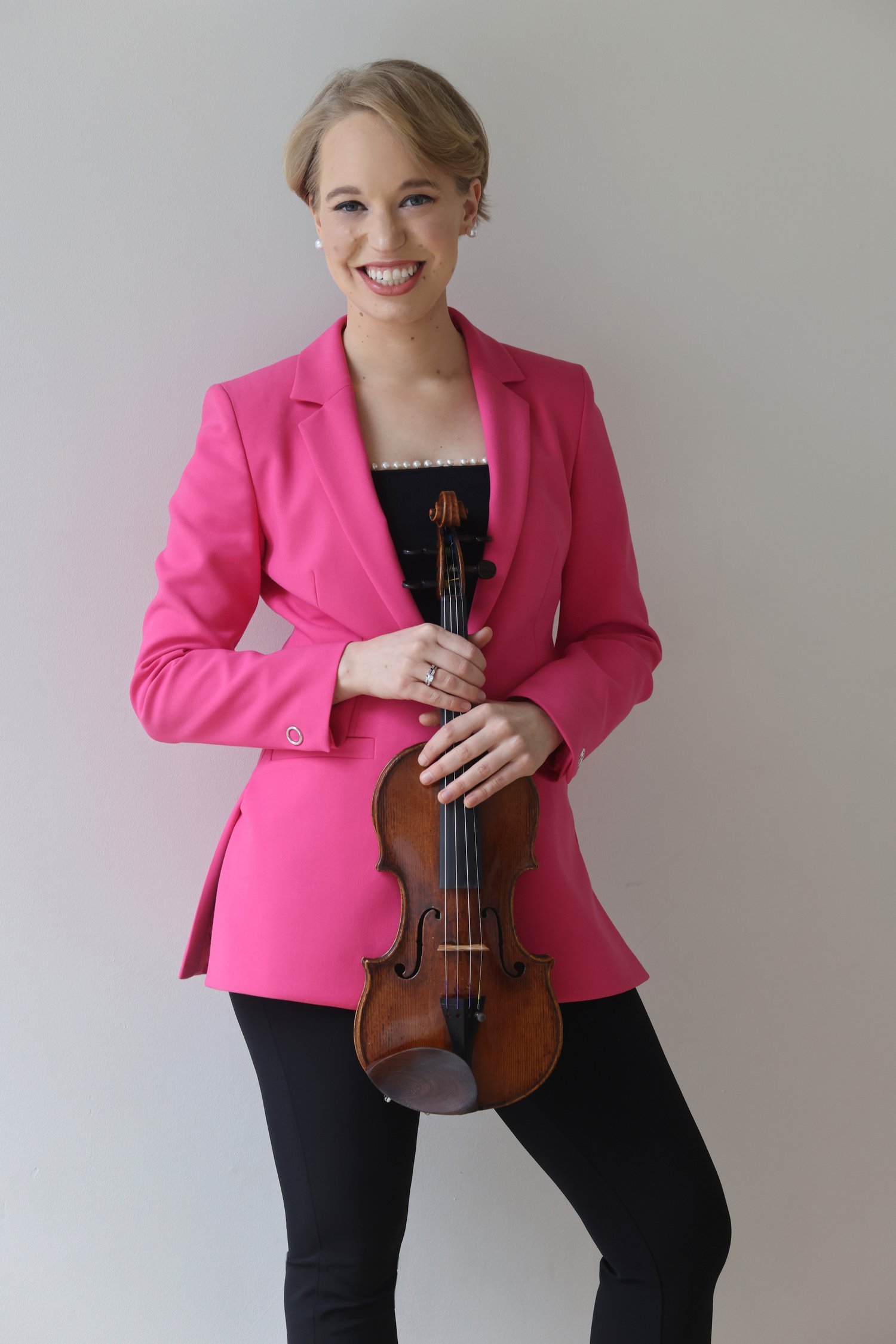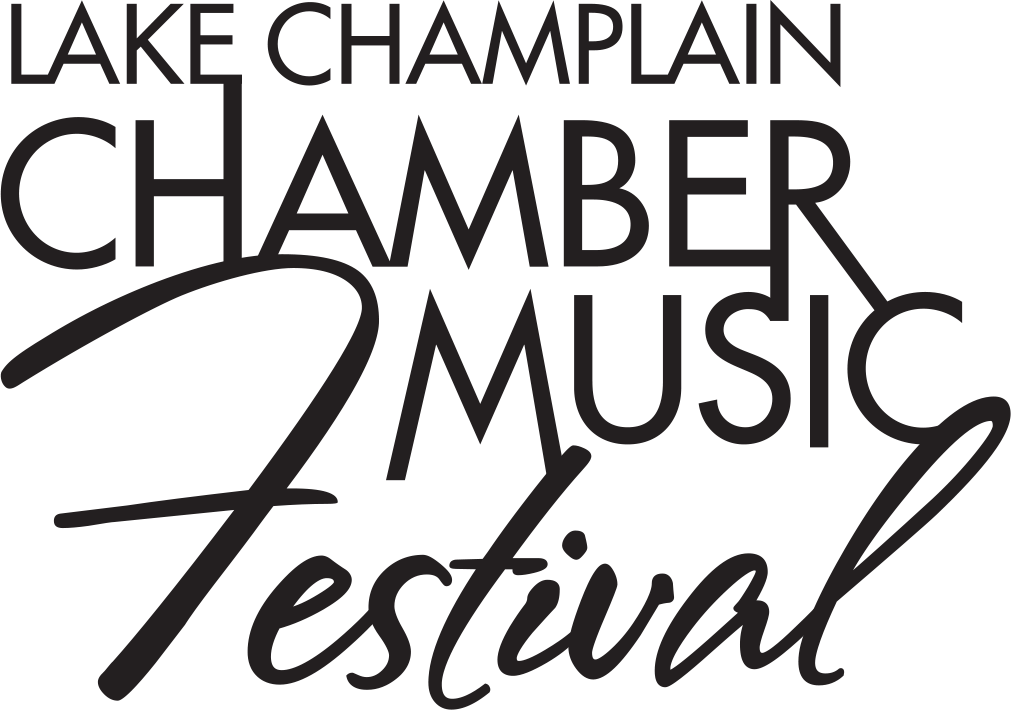Elley-Long Music Center at St. Michael’s College (map)
10 AM | String Masterclasses
with Robyn Bollinger, Milena Pajaro-van de Stadt, & Peter Stumpf
Student musicians perform for Robyn Bollinger, Milena Pajaro-van de Stadt, and Peter Stumpf during a festive morning of simultaneous masterclasses. The audience can wander from room to room and observe these illuminating sessions.
2 PM | IN DEPTH with Jin Kim The Power of Folkore
Our special festival-opening presentation will be given by a person who has been at the heart of the LCCMF community: Jin Kim, father of Artistic Director Soovin Kim. From his perspective of being an immigrant to the United States, Jin will share personal stories about how Korean folk traditions and intercultural communication have shaped the experience of his children, grandchildren, and American popular culture.
3:30 PM | SPOTLIGHT CONCERT Stories from South America
Pictures, words, and music come together in this one-hour program celebrating South American traditions. You will enjoy dialogues between the works of celebrated Amerindian photographer Martín Chambi, Argentinian poet María Negroni, and the composers whom they inspired, as well as traditional folk melodies and dances reimagined by Alberto Ginastera.
Festival Opening Reception to follow
Opening Festival Saturday
SATURDAY, AUGUST 17, 2024
General Admission $25
Under 30 $10
FREE for students
PROGRAM
-
I. Harawi de Quispe
II. Diablicos Puneños
III. P'asña Marcha
IV. Adoración para Angelitos
V. Harawi de ChambiArtists
Hsin-Yun Huang, viola
Ieva Jokubaviciute, pianoProgram Note
Cinco Danzas de Chambi (Five Dances of Chambi) for viola and piano is a partial arrangement of an earlier work for violin and piano, Sueños de Chambi: Snapshots for an Andean Album (2002). It is inspired by the work of Martín Chambi (1891-1973), the first Amerindian photographer to achieve international acclaim, albeit posthumously. In a career spanning half a century, he recorded as much of Peruvian life, architecture, and landscape as possible, having had the good luck to train with Max T. Vargas in the southern Peruvian town of Arequipa as a young boy. In 1920, he opened a studio in Cusco, the original capital of the Inca Empire, which became his home base for his study of indigenous cultures. In his documentation of both the Quechua-speaking descendants of the Incas and the mestizo (mixed-race) populace, Chambi produced more than 18,000 glass negatives depicting the customs and festivals, the working lives and public celebrations of twentieth-century Peruvians.
Chambi was not interested in the business of touring and exhibiting, buying and selling, and securing listings in international photography catalogues. As far as he was concerned, his photography was in service of his subjects — ordinary Peruvians. Chambi’s desire to integrate his Indian heritage with his artistic talent, his unassuming nature and ease in meeting people (regardless of class, caste or race), and his natural curiosity meant that he avoided exoticizing the inhabitants Peru from its coast to its high altiplano to its jungles. His pictures are consequently direct but not at the expense of pictorial concerns — throughout his life, Chambi experimented heavily with light sources which can be directly related to his interest in Rembrandt’s paintings.
Cinco Danzas de Chambi is my musical interpretation of five photos from Chambi’s vast collection of pictures. I was first introduced to Chambi’s work at the encouragement of compadre and friend Rodney Waters, a pianist and fine photographer himself. Having watched me explore my Peruvian heritage (in music and otherwise) for some time, Rod purchased a slim volume containing some of Chambi’s work for me one day... and I fell in love with the images. In the summer of 2006, several years after the completion of original violin/piano version, I had the opportunity to meet the descendants of Martin Chambi in Cusco and witness their ongoing efforts to bring more international attention to Chambi’s vast body of work. I am hopeful that such exposure will encourage more study of this important and very beautiful collection.©2006 Gabriela Lena Frank
-
II. TristeI
II. Zamba
IV. ArrorróArtists
Lucy Fitz Gibbon, soprano
Gloria Chien, piano -
Artists
Lucy Fitz Gibbon, soprano
Gloria Chien, pianoProgram Note
During his last visit to UC Davis, Philip Glass told one of my classes that you must get to know filmmakers and directors when both you and they are young and hungry because most likely they will become the Spielberg’s, Lucas' and Coppola’s of the future. That was exactly what happened to me with Maria Negroni, who I met when we were both students at Columbia in the mid-eighties. Now Maria is one of the foremost poets in Argentina, and the Spanish-speaking world. When we first met, I set an early poem of hers, Crecimiento. Subsequently, I set Los Cementerios de Paris and Chorus musicus. Her poetry has an immediate musical quality, and it is very emotionally rewarding for a composer: there is nothing dry or cold about it. Lines like "esa musica entre la nada y la cabeza" (that music between nothingness and the head) are enormously pregnant with meaning, but also with affect and feeling. The songs that I wrote are restrained and yet sonorous in a somewhat impressionistic way. To set "esa musica", for instance, I could only think of a single, repeated note. I hope it works well in the context.© Pablo Ortiz, 2024
-
Artists
Lucy Fitz Gibbon, soprano
Gloria Chien, pianoProgram Note
During his last visit to UC Davis, Philip Glass told one of my classes that you must get to know filmmakers and directors when both you and they are young and hungry because most likely they will become the Spielberg’s, Lucas' and Coppola’s of the future. That was exactly what happened to me with Maria Negroni, who I met when we were both students at Columbia in the mid-eighties. Now Maria is one of the foremost poets in Argentina, and the Spanish-speaking world. When we first met, I set an early poem of hers, Crecimiento. Subsequently, I set Los Cementerios de Paris and Chorus musicus. Her poetry has an immediate musical quality, and it is very emotionally rewarding for a composer: there is nothing dry or cold about it. Lines like "esa musica entre la nada y la cabeza" (that music between nothingness and the head) are enormously pregnant with meaning, but also with affect and feeling. The songs that I wrote are restrained and yet sonorous in a somewhat impressionistic way. To set "esa musica", for instance, I could only think of a single, repeated note. I hope it works well in the context.© Pablo Ortiz, 2024
-
II. Zapatos de Chincha
VI. Juegos
VIII. BombinesArtists
Romie de Guise-Langlois, clarinet
Robyn Bollinger, violin
Peter Stumpf, cello
Ieva Jokubaviciute, pianoProgram Note
Hilos (Threads, 2010), written for the ALIAS Chamber Ensemble, is scored for clarinet, violin, cello and piano. Alluding to the beauty of Peruvian textiles, both in their construction and in their pictorial content of everyday life, the short movements of Hilos are a kind of Peruvian "pictures at an exhibition." Players are mixed and matched in various combinations and draw on a myriad of sounds evocative of indigenous music. These include fanciful pizzicatos and widely spaced tremolos suggesting guitar-like instruments, strong attacks and surging releases suggesting zampona panpipes and quena flutes, glissandi and scratch tones suggesting vocal coloristic effects, and so forth. The movements are:
2. Zapatos de Chincha (Shoes of Chincha): This light-footed movement is inspired by Chincha, a southern coastal town known for its afro-peruano music and dance (including a unique brand of tap). The cello part is especially reminiscent of the cajon, a wooden box that percussionists sit on and strike with hands and feet, extracting a remarkable array of sounds and rhythms.
6. Juegos (Games): A romp inspired by the teasing games that children play.
8. Bombines (Bowler Hats): A humorous dance in homage to the ubiquitous bowler hats worn by mountain women. The "karnavalito" rhythm punctuates throughout.
©2010 Gabriela Lena Frank
ARTISTS
-

Gloria Chien
PIANO
-

Lucy Fitz Gibbon
SOPRANO
-

Robyn Bollinger
VIOLIN
-

Hsin-Yun Huang
VIOLA
-

Milena Pajaro-van de Stadt
VIOLA
-

Peter Stumpf
CELLO
-

Romie de Guise-Langlois
CLARINET
-

Ieva Jokubaviciute
PIANO
-

Jin Kim
KEYNOTE SPEAKER

